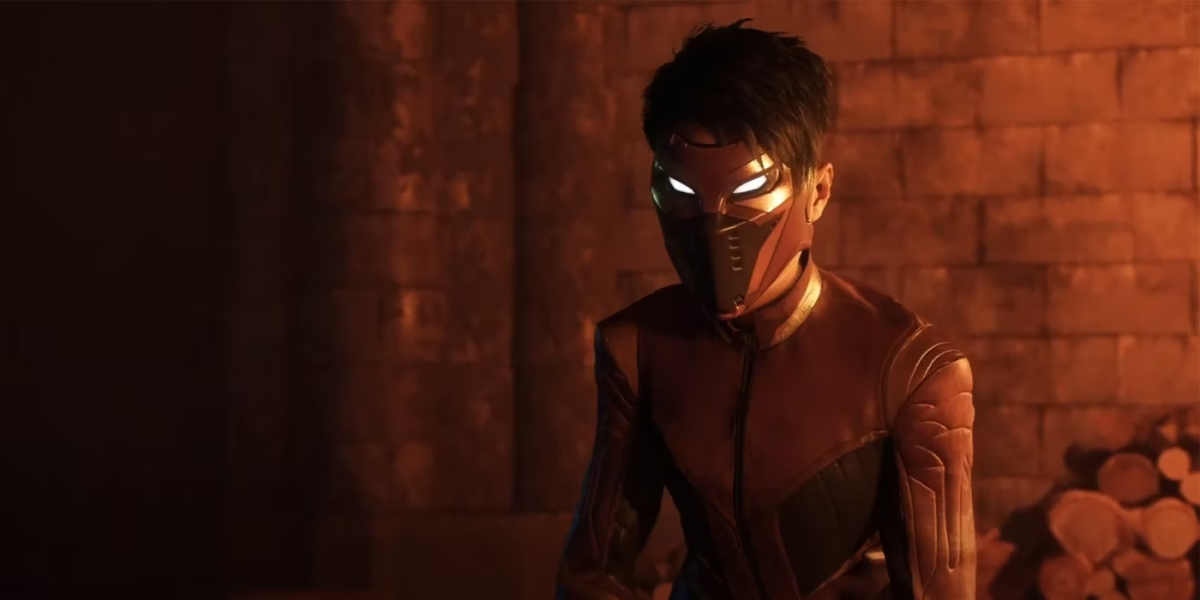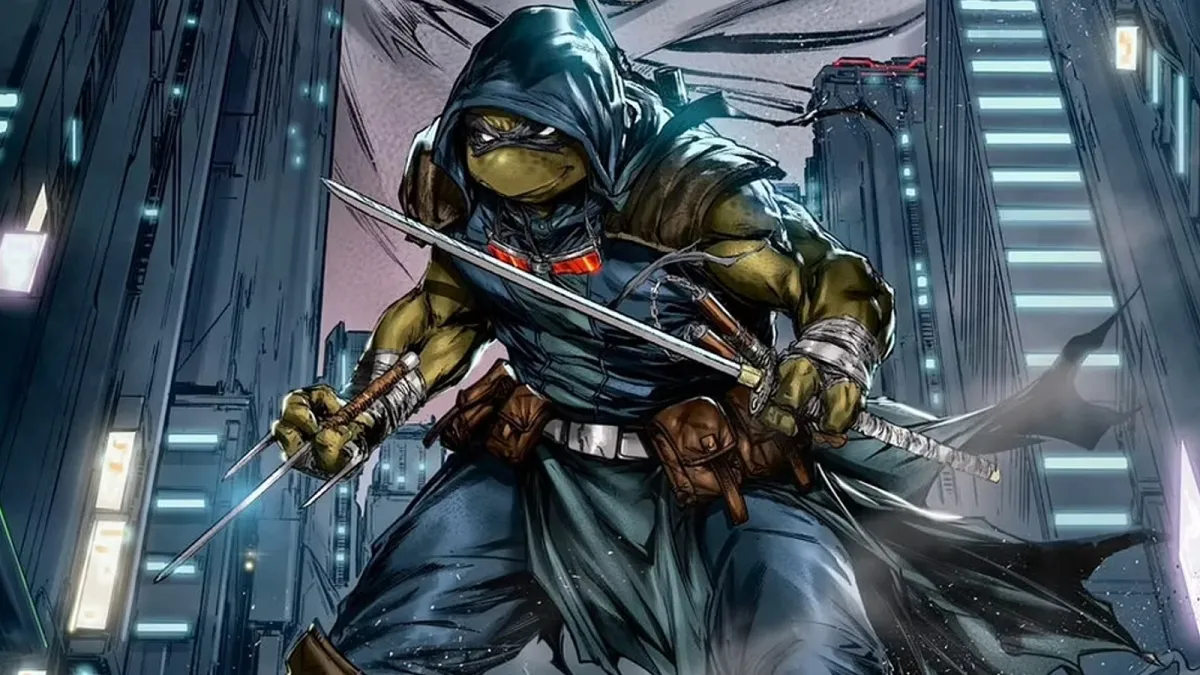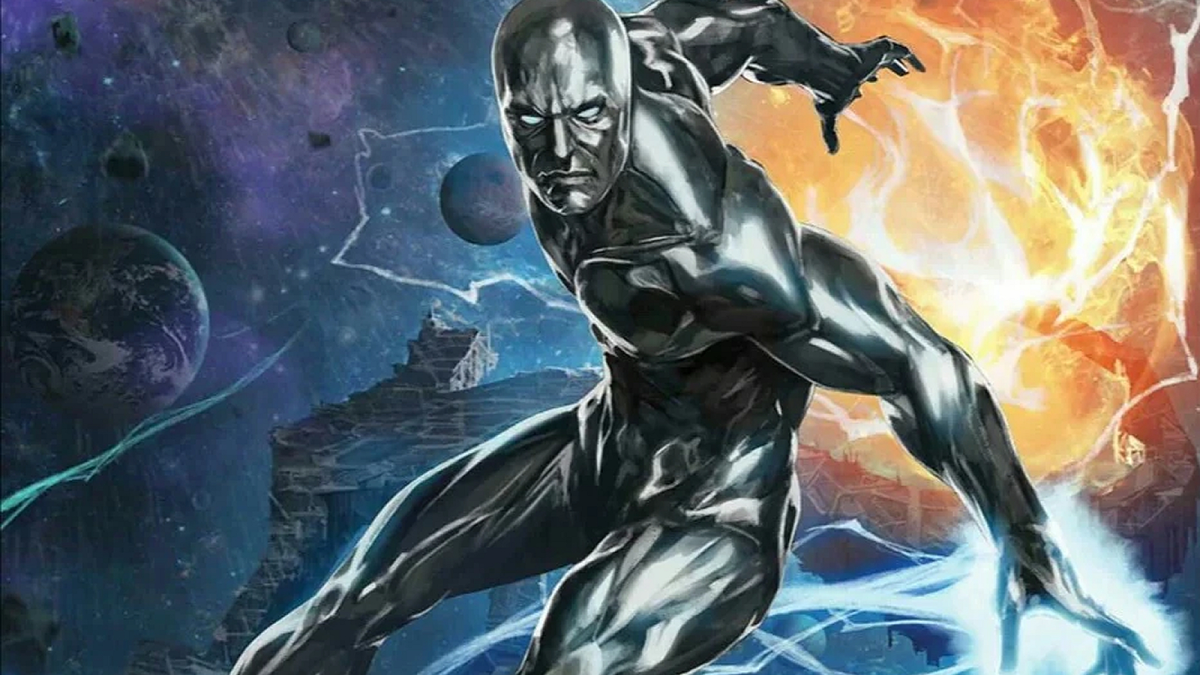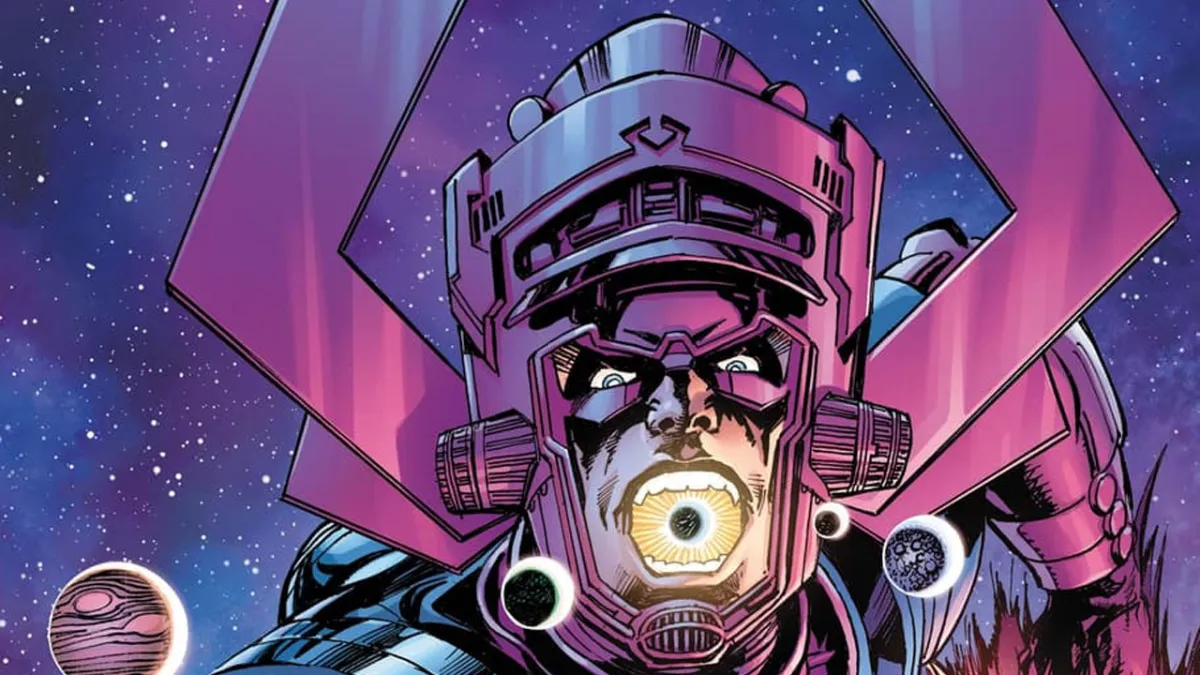As a fan of Marvel Comics, one of the things that’s consistently entertained me about its video game adaptations is how they tend to mine the comics for Easter eggs. Sure, there are obvious picks, but sometimes, deep dives into Marvel continuity take center stage in video games.
Sometimes, this was because developers made a niche pick, such as Elsa Bloodstone making the core roster in Marvel Ultimate Alliance 3 or how Magma is used as the audience surrogate in X-Men Legends. On other occasions, a storyline that was current when the game was in development gets thrown down the memory hole a few years later. For example, there are a ton of incidental references in Ultimate Marvel vs. Capcom 3 to various Marvel storylines from 2010 that nobody really talks about anymore, such as Age of M, Doomwar, and Shadowland.
Over the years, a number of obscure costumes, characters, and events that have been relegated to footnotes in the comics have taken on lives of their own in various video games. Here are some of my favorite examples.
The Spider-Armor Mk. I – Web of Spider-Man v1 #100, 1993
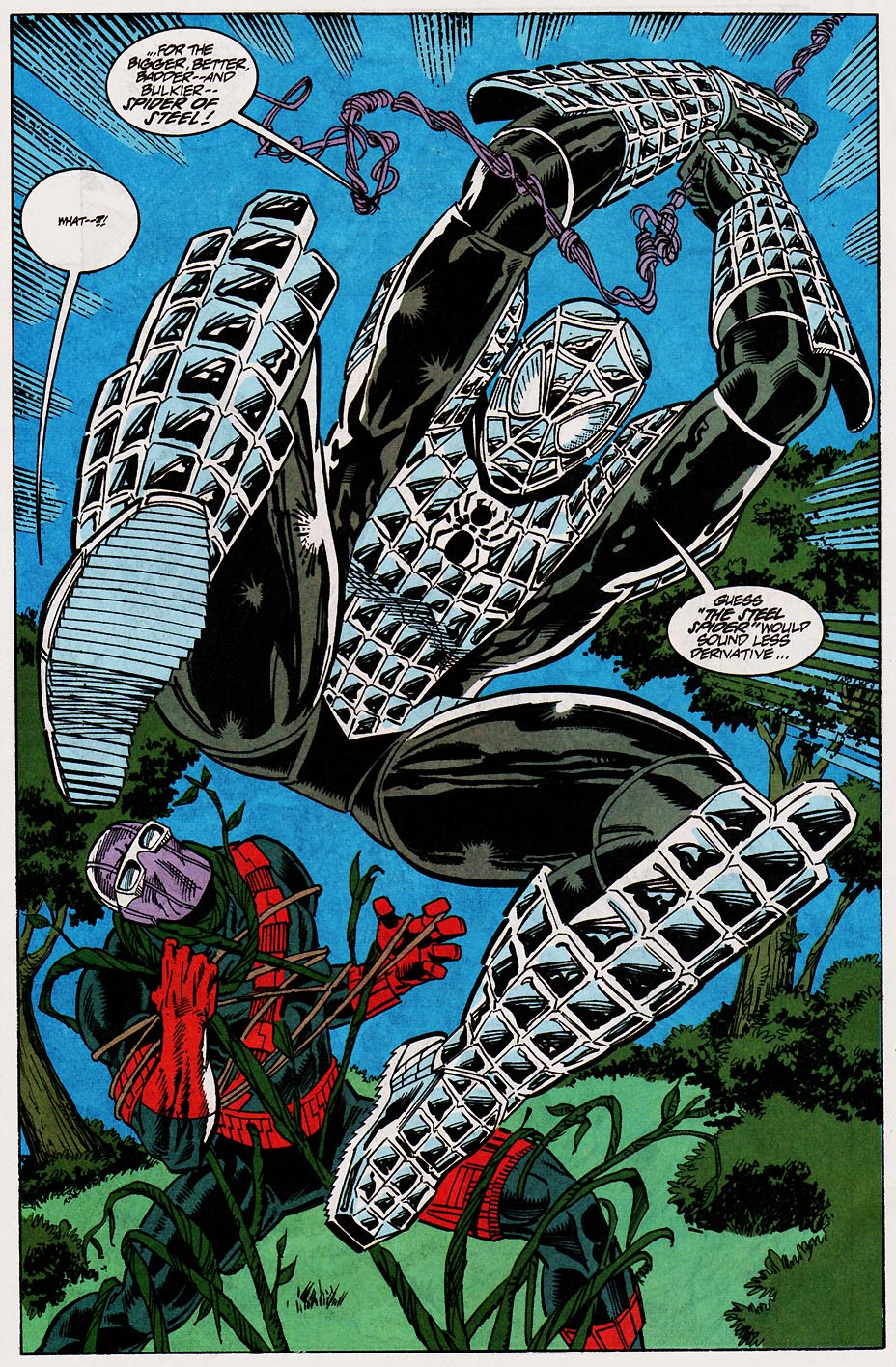
Back in the ‘90s, shiny embossed covers for comics were all the rage. The 100th issue of Web of Spider-Man, Spidey’s third ongoing series at the time, was as good an excuse for one as any.
The story inside, by Terry Kavanagh and Alex Saviuk, wasn’t as exciting as the cover. When Spider-Man had to take on two full groups of feuding supervillains, he pulled an all-nighter to create a special suit of armor.
The “Steel Spider” suit lasted all of nine pages before it was destroyed but gave Spider-Man the edge he needed to win the fight. While Peter’s designed and worn other suits of Spider-Armor since then, he never recreated the gray-and-black original.
The first Spider-Armor went on to become one of several short-lived Spidey suits that have gotten a strange second life in Marvel video games. It’s arguably most famous as a hidden power-up in Neversoft’s Spider-Man (2000), but it first appeared as a secret alternate version of Spider-Man in 1995’s Marvel Super Heroes vs. Street Fighter. The Spider-Armor is also included in Web of Shadows, Edge of Time, Shattered Dimensions, Marvel Avengers Academy, and the City That Never Sleeps DLC for Marvel’s Spider-Man.
The Thrice-Blessed Armor – Black Panther v4 #13, 2006
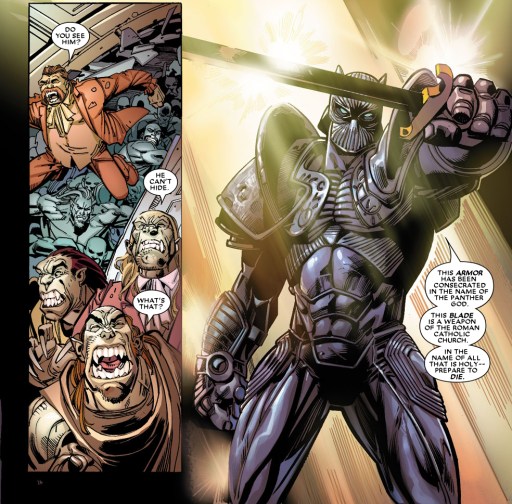
Reginald Hudlin’s run as the writer on Black Panther is primarily remembered for the story in which T’Challa married Storm. The arc immediately before that, “Two the Hard Way,” saw T’Challa visit post-Katrina New Orleans, where he fought Civil War-era vampires alongside Blade, Luke Cage, Monica Rambeau, and Doctor Voodoo. It’s basically the superhero blaxploitation crossover you didn’t know you needed.
Naturally, because the comics’ T’Challa is all about frankly ridiculous degrees of preparation, he had an anti-vampire field kit on him before he knew he’d be fighting vampires. This included a holy sword and a full suit of armor that had been blessed as a relic of the Wakandan church.
T’Challa’s never worn that specific armor again, but it’s become one of the go-to options whenever a video game needed an alternate costume for the Black Panther. You can throw on the Thrice-Blessed Armor in all 3 Marvel Ultimate Alliances, Marvel vs. Capcom Infinite, and the late, lamented Marvel Heroes.
Birdy – X-Men v2 #6, 1992
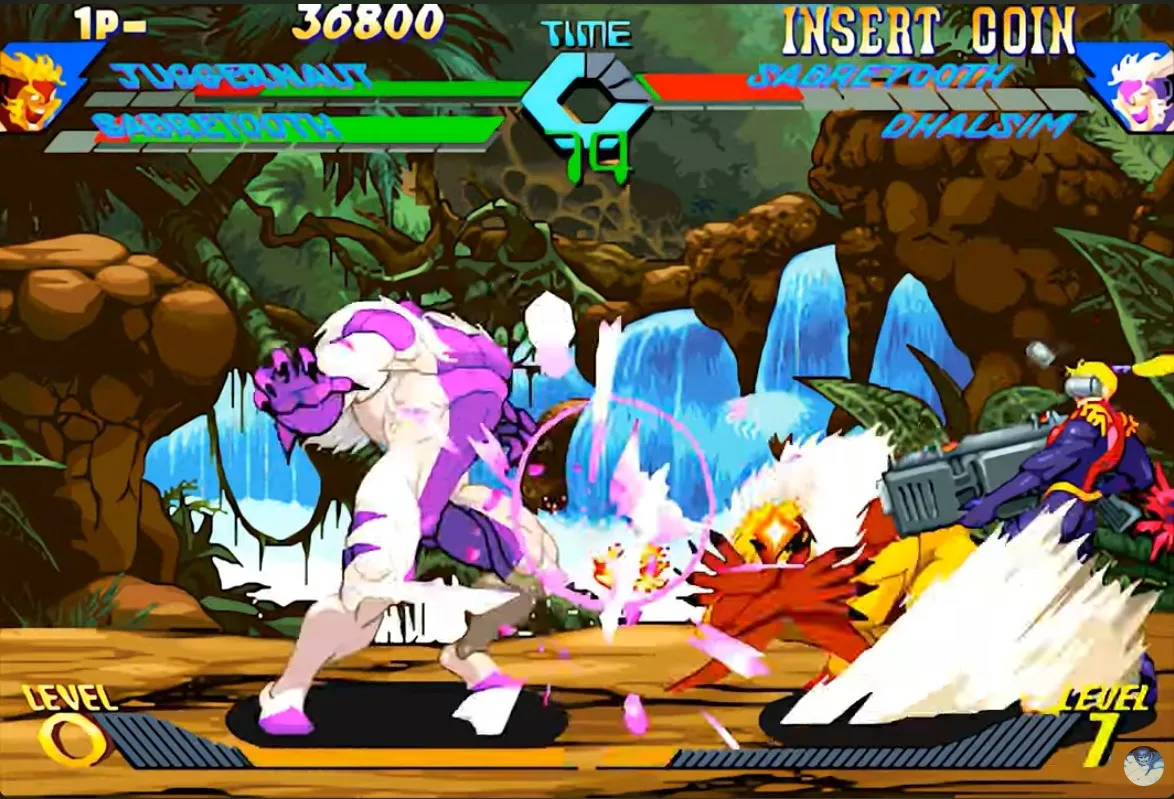
If you’ve played X-Men vs. Street Fighter or Marvel vs. Capcom 2, you may have wondered why those games’ version of Sabretooth has a blonde sidekick with an enormous gun.
Even back then, Birdy was a deep cut. In the early ‘90s, Sabretooth got a big redesign courtesy of Jim Lee and Scott Lobdell. Before that point, Sabretooth was best known as a jobber, either alone (fun fact: he’s 0 and 1 against the Black Cat) or as a member of Mr. Sinister’s Marauders. While Sabretooth was in a handful of good stories before 1992, Lee and Lobdell were the guys who made him truly scary.
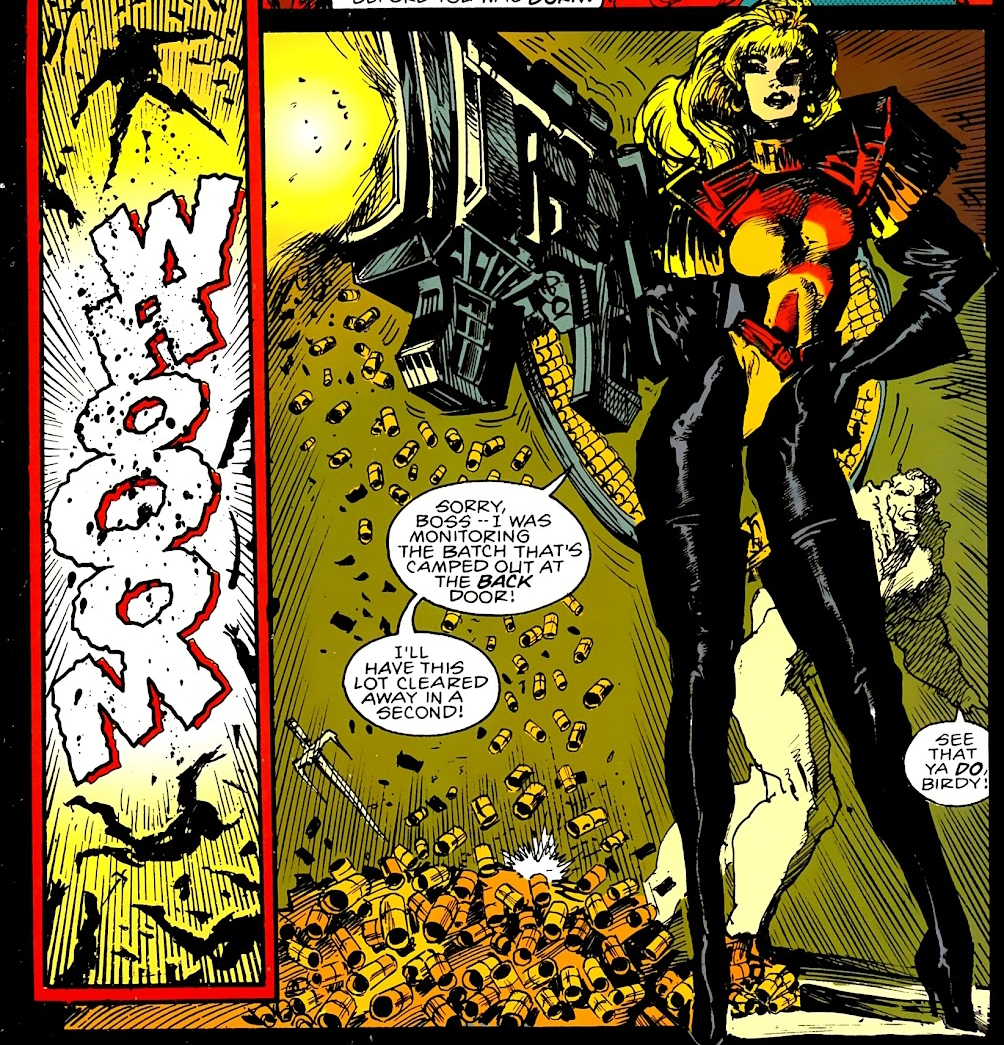
Lee’s redesign introduced Birdy as Sabretooth’s girl Friday. In addition to carrying around a variety of comically oversized rifles, as was the style at the time, Birdy was a telepath. Her powers were one of the only things that could actually calm Sabretooth down, who otherwise existed in a near-constant state of homicidal frenzy. Unfortunately, Birdy didn’t last long; she had all of 5 total appearances before she was murdered by Sabretooth’s equally crazy son, Graydon Creed.
By now, Birdy is much better known as Sabretooth’s assist character in XSF. She did get resurrected recently, however, as one of dozens of dead characters who’ve been brought back in the X-Men’s Krakoa story arc.
Related: How Fast Can Spider-Man Run?
Cable’s X-Men Suit – Cable v1 #23, 1995
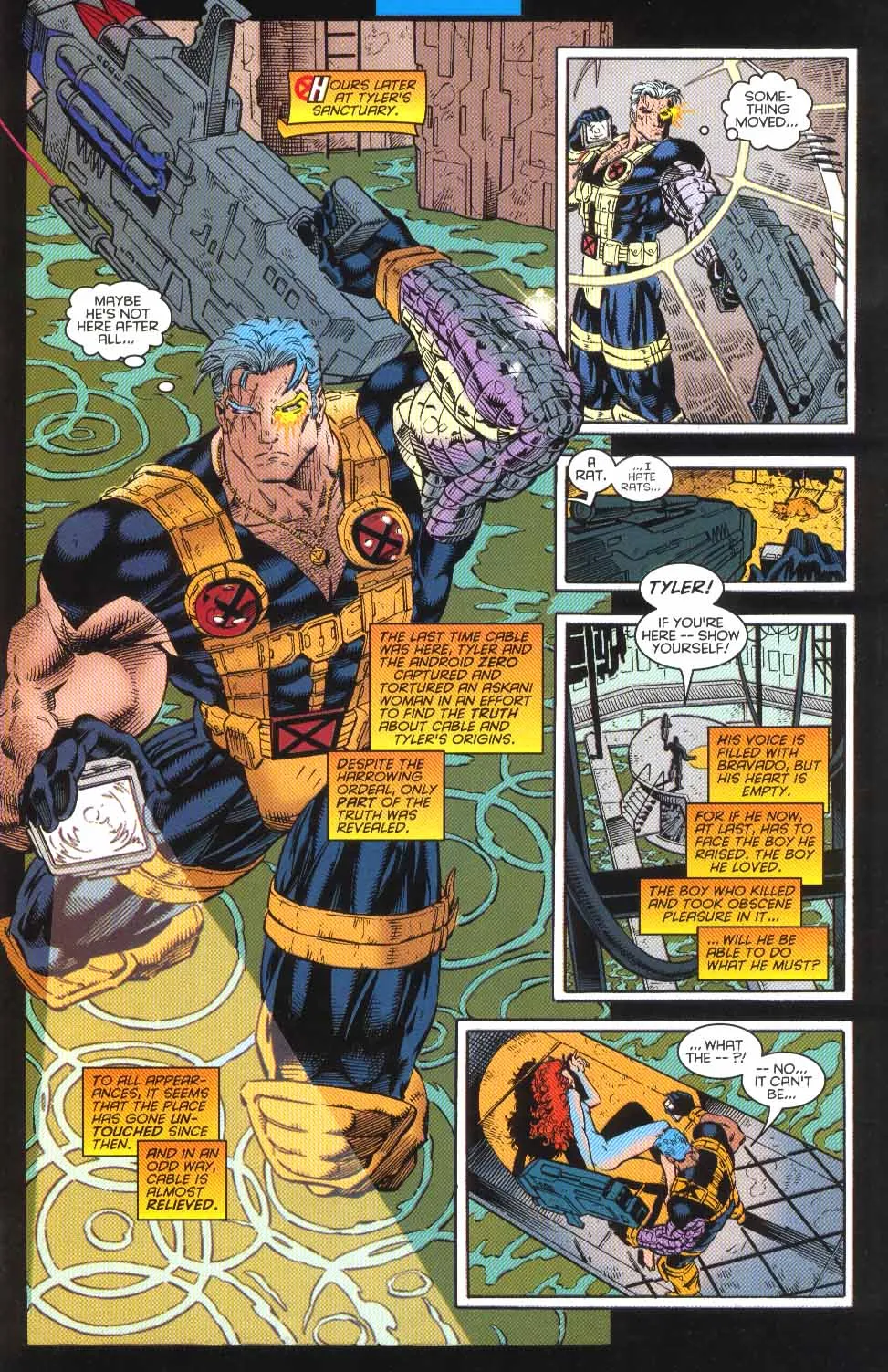
Cable is famously one of the best characters in the 2000 crossover fighting game Marvel vs. Capcom 2, which is a genuine arcade classic. Some Cable fans wished on a monkey’s paw to get him there, though, because MVC2 Cable is wearing one of the worst costumes the character’s ever had.
His MVC2 fit is based upon a particular time in Cable’s history, at a point when Cyclops was thought to have died in a fight with Apocalypse. Up until this point, Cable had only ever worked with the X-Men on occasion. Now, in Cyclops’ memory, Cable joined a splinter team that was led by a mourning Jean Grey and adopted a new, relatively short-lived costume that was reminiscent of Cyclops’ then-current look.
Cable’s X-Men suit got the nod over all his other potential costumes when he was introduced for MVC2, and it’s doing him no favors. In fairness, this suit looks halfway decent in the comics, especially by ’90s standards, but in MVC2, Cable looks like he’s suffering through the worst spandex wedgie in human history.
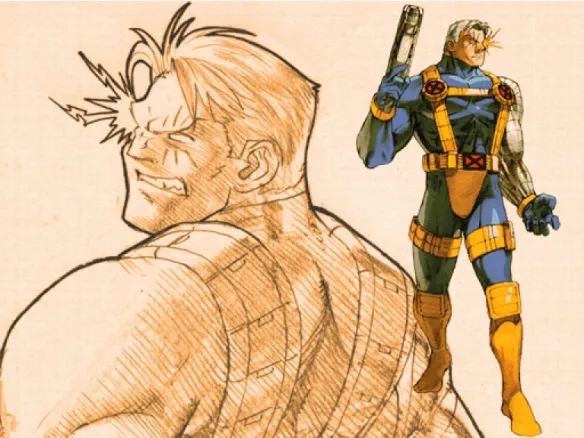
Iron Man’s Acid Cannon – The Invincible Iron Man v1 #294, 1993
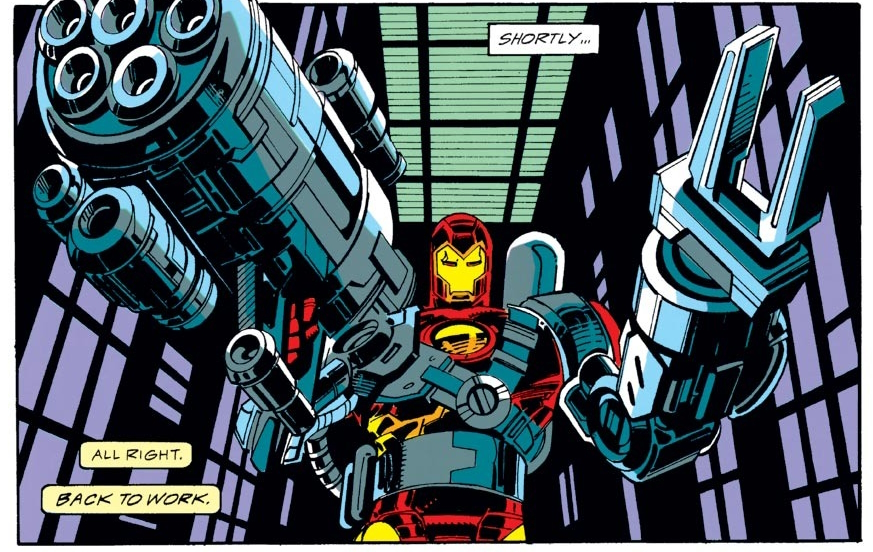
When Capcom sat down to make the 1995 arcade fighter Marvel Super Heroes, it took a number of assets and references directly from the comics. What makes Iron Man unusual is that almost everything about his MSH design is taken from exactly one issue of his original series.
In The Invincible Iron Man #294, “Orbital Resonances,” by Len Kaminski and Kevin Hopgood, Tony fights a nanotech monster called the Technovore in a derelict space station. Over the course of the story, Tony uses a personal booster unit to get him into orbit. When he discovers his usual weapons don’t do enough damage to stop the Technovore, Tony rigs up a giant gun – again, it’s the ‘90s – that spews industrial acid.
The booster unit ended up as Iron Man’s entrance animation in MSH, while the acid gun was the inspiration behind his Proton Cannon super. Since MSH ended up as one of the bedrock games in Capcom’s Vs. series, that’s given those two throwaway gadgets an oversized importance in Iron Man’s character history. There’s even a panel in the 2004 JLA/Avengers crossover where Green Lantern creates a Proton Cannon using Iron Man’s instructions.
Relatedly, Tony had been through the wringer in the comics at that point, with multiple ongoing health issues. This plays into his MSH arcade ending, where he isn’t able to resist the temptation to use the Infinity Gauntlet to repair his failing nervous system.
The Magus’s Evil Doppelgangers – Infinity War v1 #1, 1992
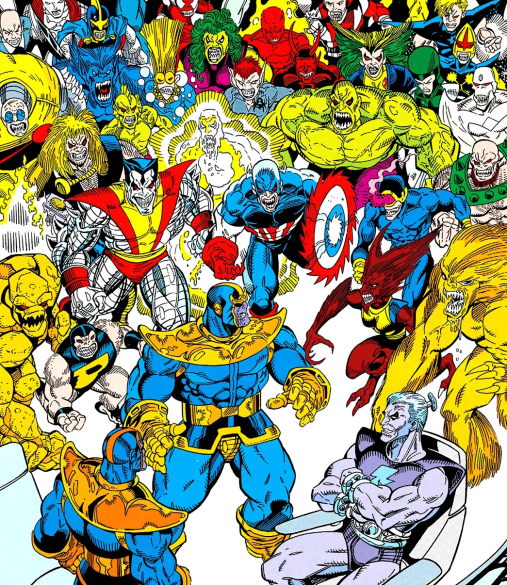
By now, the name “Infinity War” is more associated with the 2018 live-action movie, but back in 1992, it was the latest in a series of line-wide crossovers that Jim Starlin wrote for Marvel. This was essentially an Adam Warlock and Thanos story, as is Starlin’s wont, which happened to guest-star almost every Marvel superhero who was active at the time.
The short version of Starlin’s Infinity War is that Warlock’s enemy, the Magus, has returned with a big plan for universal domination and an army of evil superhero duplicates at his back. Most of those duplicates, incidentally, look rad as hell, courtesy of artist Ron Lim. If you asked Clive Barker to redesign the Marvel Universe, he’d give you something a lot like the Magus clones.
Now that I’m thinking about it, I’m actually surprised that the dupes’ designs don’t see more play as cosmetic options in Marvel mobile games. Instead, they only ever appeared in 1996’s Marvel Super Heroes in War of the Gems, where several of them are used as stage enemies and boss fights. This actually might be the only time Puck ever showed up in one of the Marvel video games, and it was his evil clone.
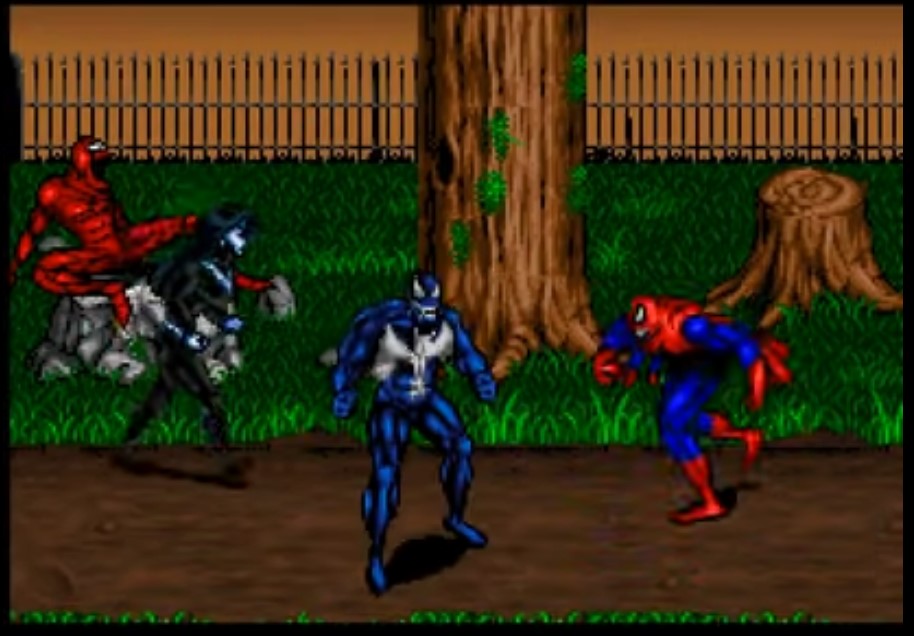
The most famous Infinity War dupe, however, is Spider-Man’s, which wasn’t destroyed with the rest for, uh, comic book reasons. “Doppelganger” went on to become one of Carnage’s flunkies in the 1993 crossover Maximum Carnage, which was adapted into an SNES/Genesis beat-’em-up the following year.
Doppelganger’s even still alive in the comics at the time of writing, although it’s spent the better part of the last 20 years locked up in an asylum for superhumans.
Yuri Watanabe – Amazing Spider-Man v1 #600, 2009
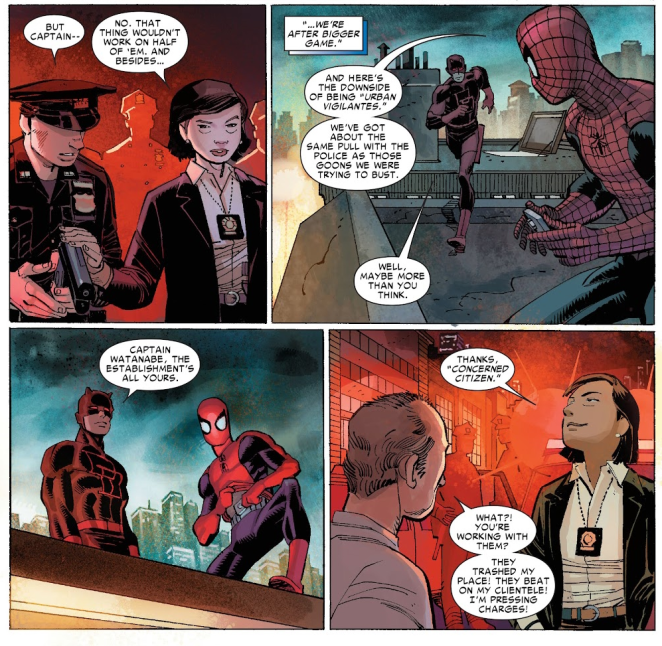
I’ve spoken to a lot of fans of Insomniac’s Spider-Man Marvel video games who didn’t know Spidey’s cop buddy Yuri was from the comics at all. She’s one of several new characters created by Dan Slott, who wrote Amazing Spider-Man from 2010 to 2018.
Slott also contributed to Marvel’s Spider-Man alongside his frequent co-writer, Christos N. Gage, which might explain why some of his other characters, like Screwball and Mr. Negative, have such prominent roles in the Insomniac universe.
As with the video games’ version, Yuri entered Marvel Comics as an NYPD detective who was friendly to Spidey. She eventually quit the force and went vigilante, at which point she adopted the masked identity of Wraith. Unlike the games, Yuri has a few ties to long-running Spider-Man continuity; her best friend was the late Jean DeWolff, a supporting character from the 1970s, and Yuri took the name Wraith from Jean’s crazy brother Brian.
While Yuri’s made a few cameos since Marvel’s Spider-Man came out, such as her blink-and-you’d-miss-it appearance in Across the Spider-Verse, she hasn’t shown up in the comics since 2015.

